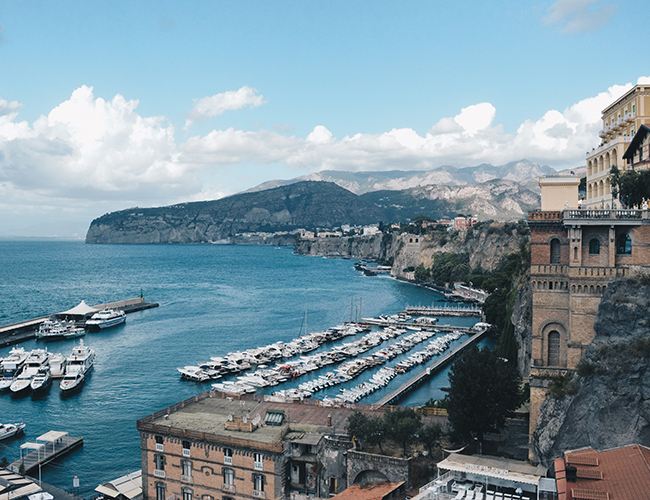
The long awaited Leonardo da Vinci exhibition has finally arrived. Posters are plastered to every billboard in the area and banners hang outside the entrance to the gallery. Hoards of people gather outside London’s national gallery, forming endless queues that snake around the corners of Trafalgar Square, all hoping to get a golden ticket that will allow them to see the paintings.
Tickets are like gold dust for this exhibition and rightly so. It is the first time that all the paintings Leonardo embarked upon in Milan are brought together and displayed side by side. No other exhibition of this kind has ever taken place and some of the works on display have never been seen before in the UK.
Displayed in the Sainsbury Wing of the gallery, the exhibition spans two floors and seven rooms, containing in total, 93 works of art. The exhibition features Leonardo’s major works along with the works of his followers and a near-contemporary full-scale copy of ‘The Last Supper’. Quotes decorated the walls, which were painted in a deep aubergine colour to comply with Leonardo’s suggestion that a “Blackened courtyard with gauze, blotting out the sky” was the best way to how off the human face. People huddled around tiny line drawings, centred in the middle of the room whilst others stood awestruck in front of the monumental canvas of ‘The Virgin Of The Rocks’. There was something for everyone at this exhibition; you didn’t need to be a scholar of Renaissance Studies or even an expert of Leonardo Da Vinci to appreciate the works on display.
Leonardo began his career as a painter in Florence where he soon got recognised for his talent and skills. He sought the patronage of Ludovico Sforza when he moved to Milan, who was described as a “Perfect prince of a perfect place” and Leonardo’s work always strived to depict perfection. This search for perfection united both prince and painter together, creating a sixteen-year contract with the court of Milan.
The main portrait that everyone flocked to see was the ‘Portrait of Cecilia Gallerani’, better know as ‘The Lady with an Ermine’. It is this painting that has become an iconic Da Vinci painting, made even more iconic due to the National Gallery deciding to feature it on their exhibition posters. The painting features Cecilia Gallerani, the beloved mistress of Ludovico Sforza holding an ermine in her arms that symbolises the purity of her beauty. The viewer is immediately drawn to her eyes, which are gazing far off into the distance away from the viewer and on her face are the traces of a smile. Leonardo uses chiaroscuro to enhance the shadows in the work of art creating a three dimensional effect. This realistic approach to painting was extended further by his use of sfumato (the blending of oil paints to create a smoke like effect), which created subtle changes to the tones in the painting. Leonardo believed paintings such as this could both commemorate and inspire love.
This is an exhibition of a lifetime, No other display will be able to compete with the exclusivity of the Leonardo Da Vinci exhibition.
Grace Molan



